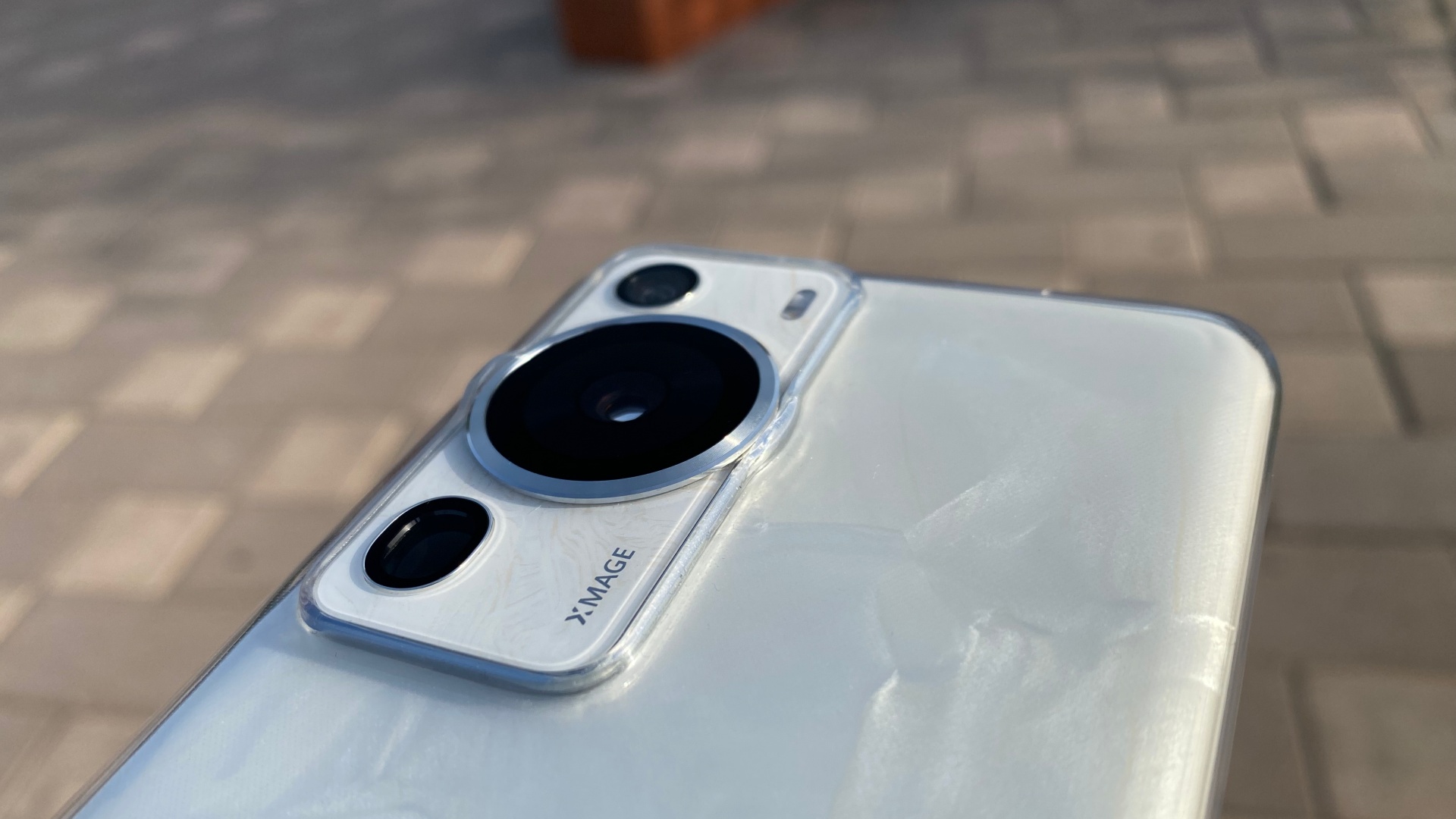Huawei and Leica made a beautiful partnership once upon a time, with the pair creating some of the best photography experiences on a smartphone a few years back, but with the German brand collaborating with Xiaomi these days instead, Huawei is having to do more of the heavy lifting.
This brings us to XMAGE, which the company’s new photography division that focuses on four key elements for mobile device performance and content creation – optical system, mechanical structure, imaging technology, and image processing.
It is also part of the software side of things when it comes to the user experience on a device, such as the Huawei P60 Pro.
To find out how XMAGE potentially enhances or limits photography performance, we recently took the P60 Pro around Dubai for a day to capture a bunch of photos and test out the capabilities of this device.
Before we delve into the experience, here is what the main array of the P60 Pro packs:
- 48MP wide-angle (f/1.4-f/4.0),
- 48MP telephoto (f/2.1),
- 13MP ultra-wide (f/2.2).

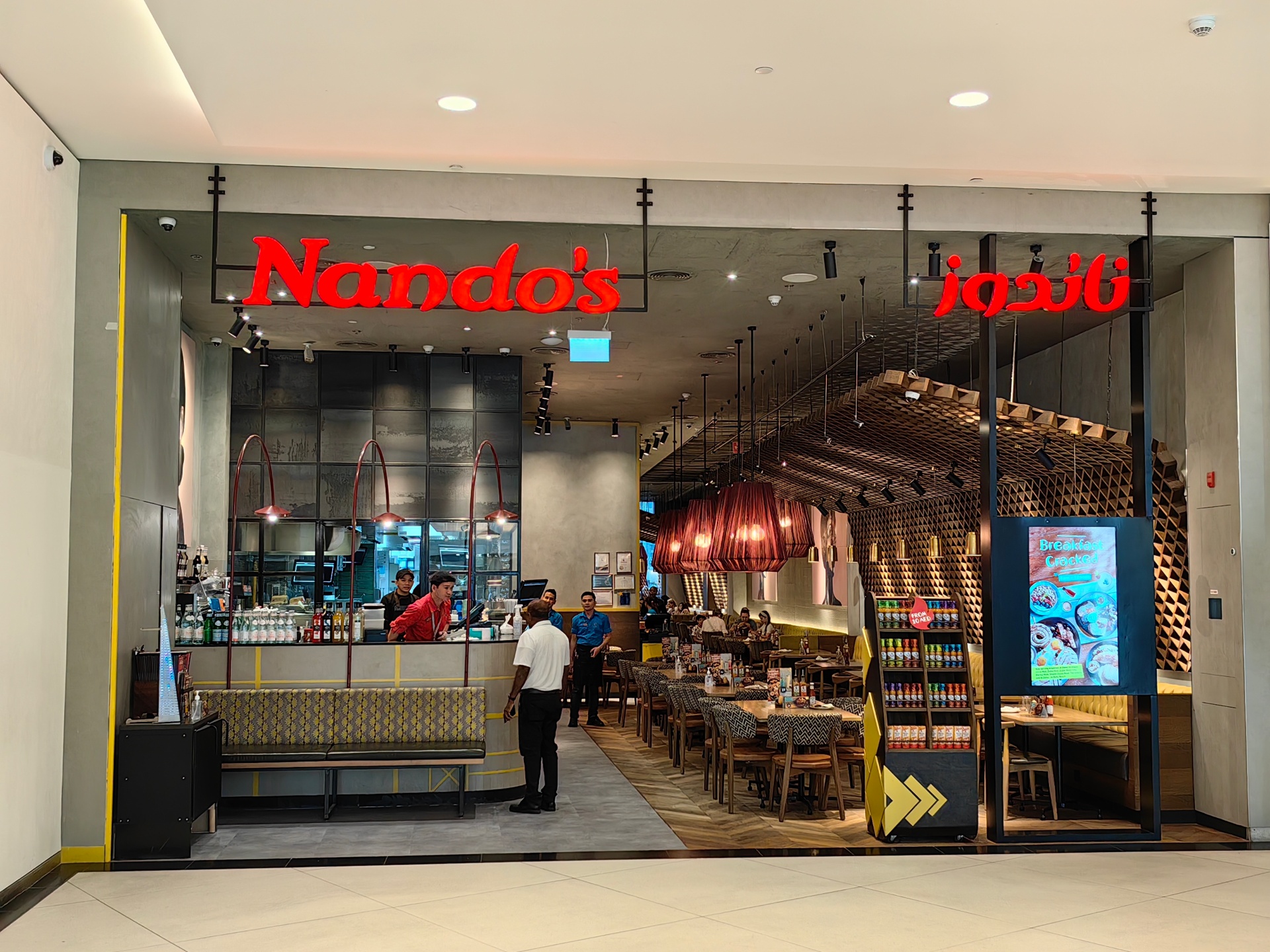
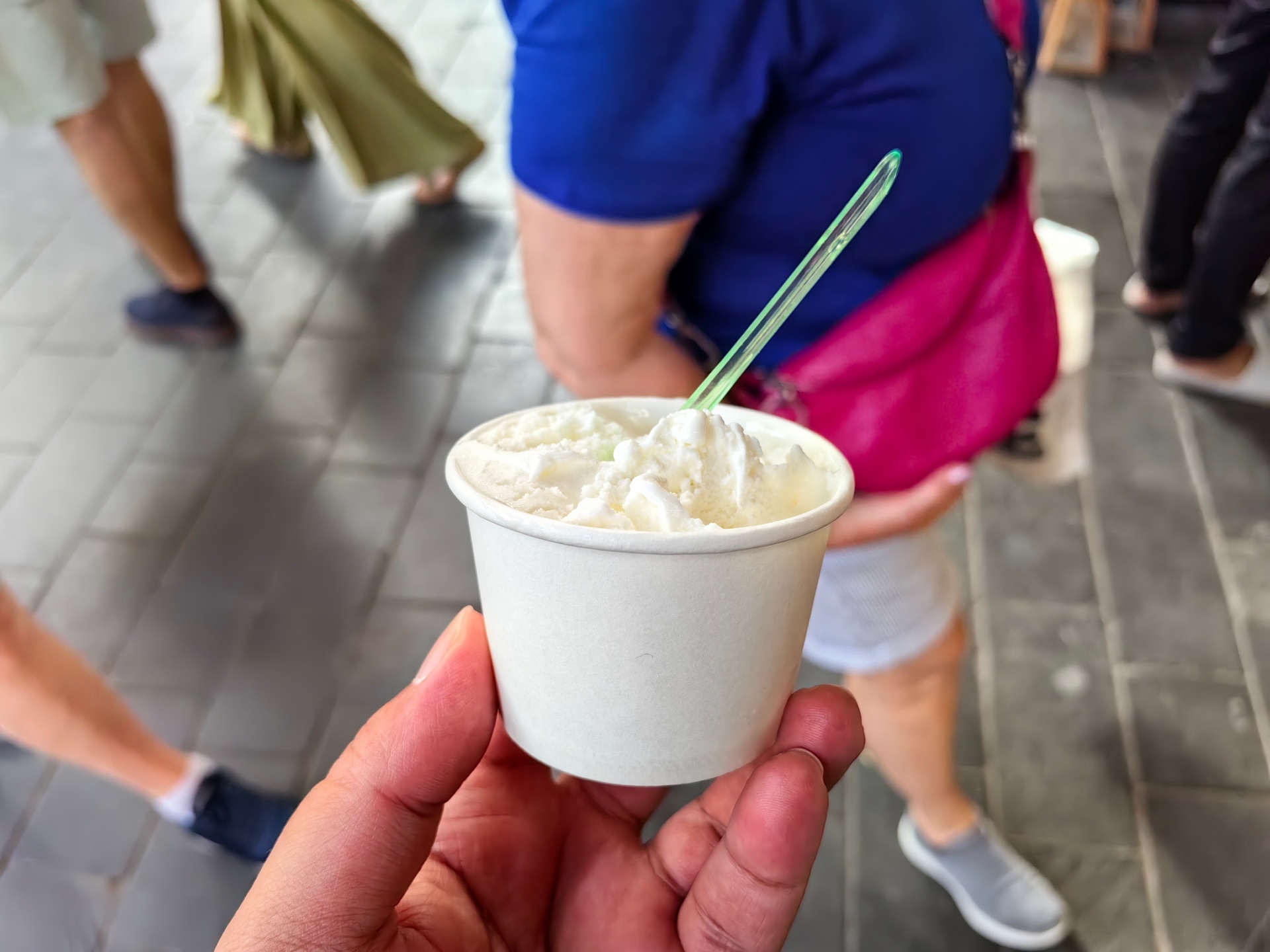
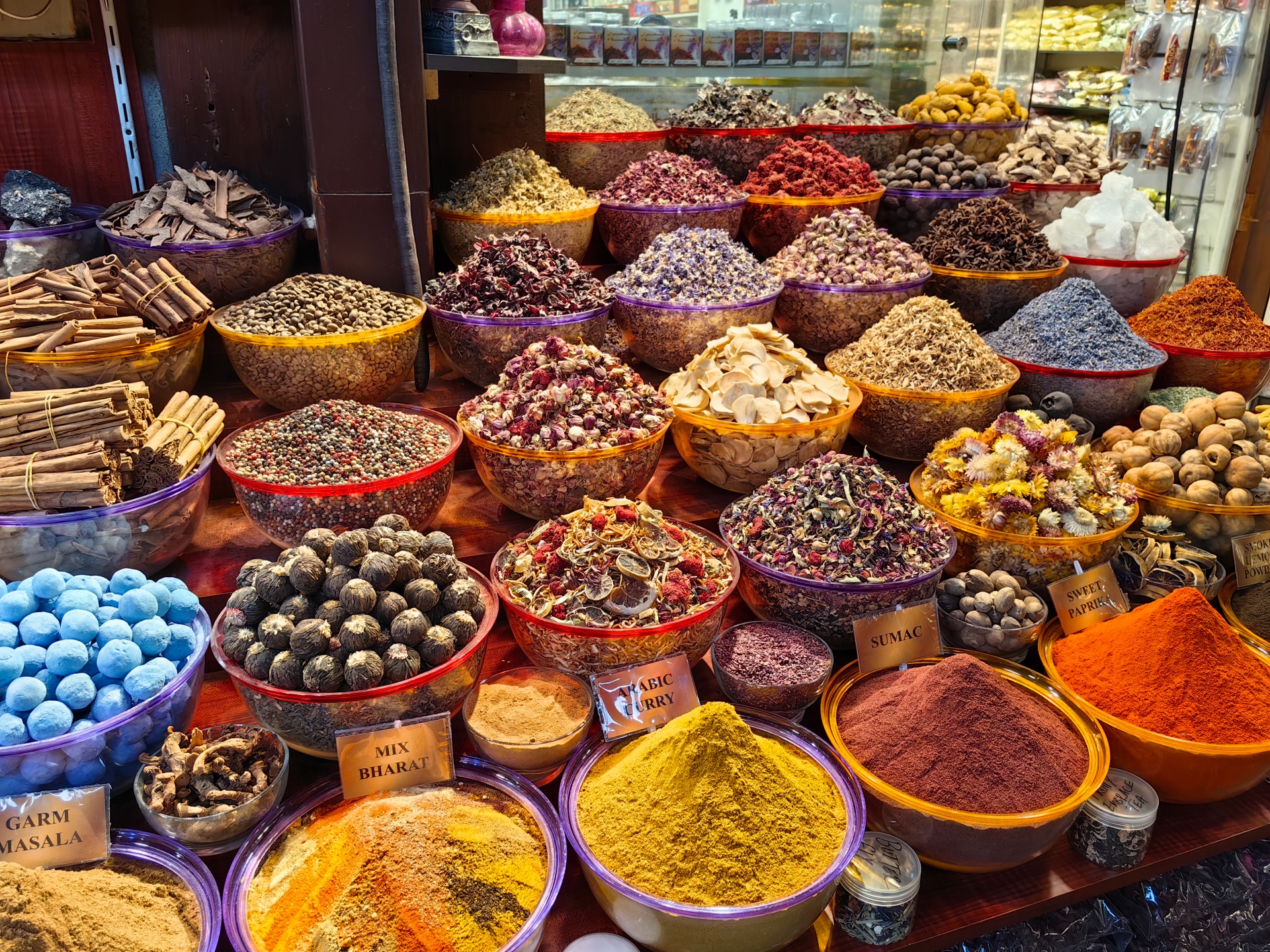
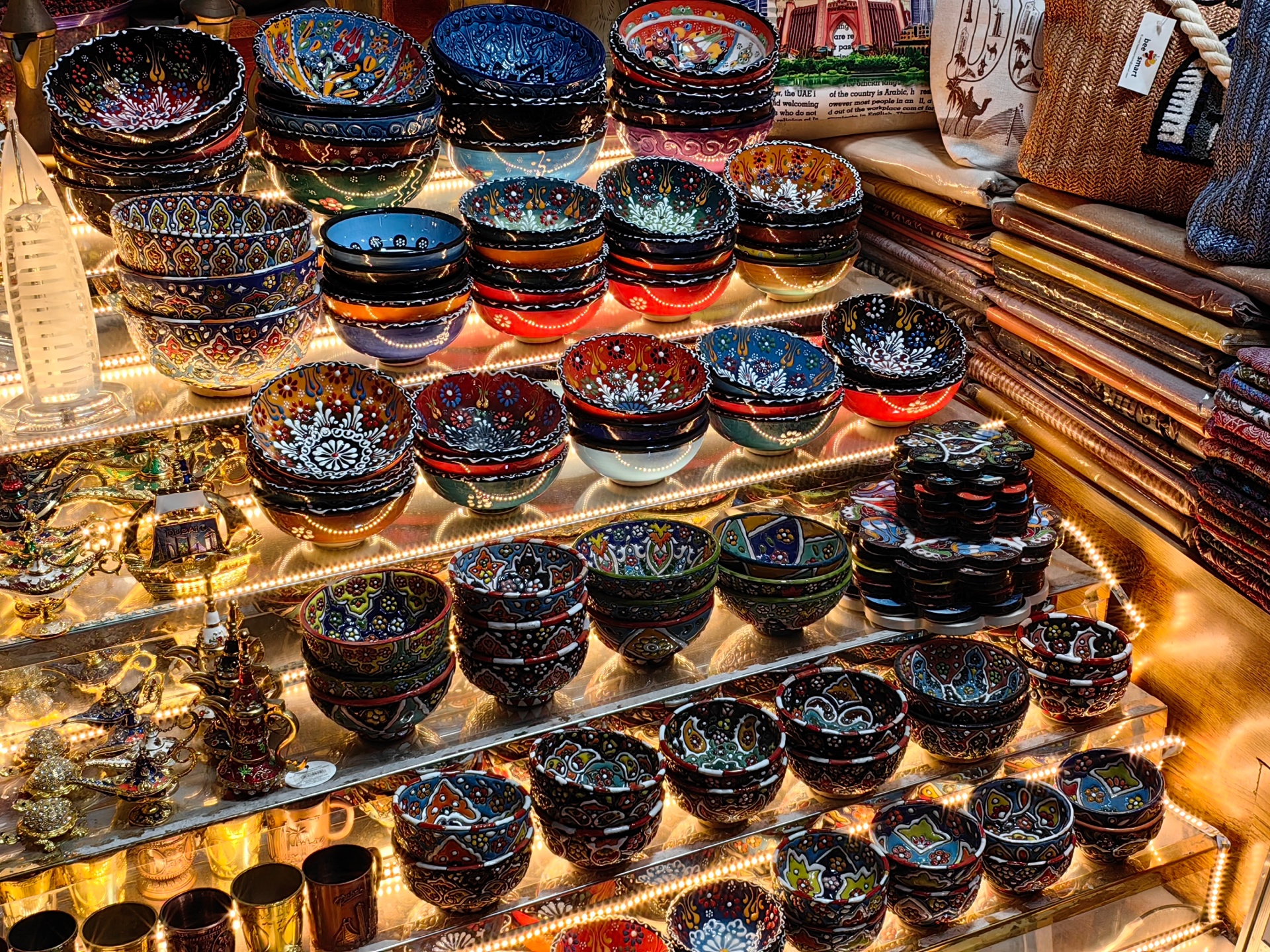
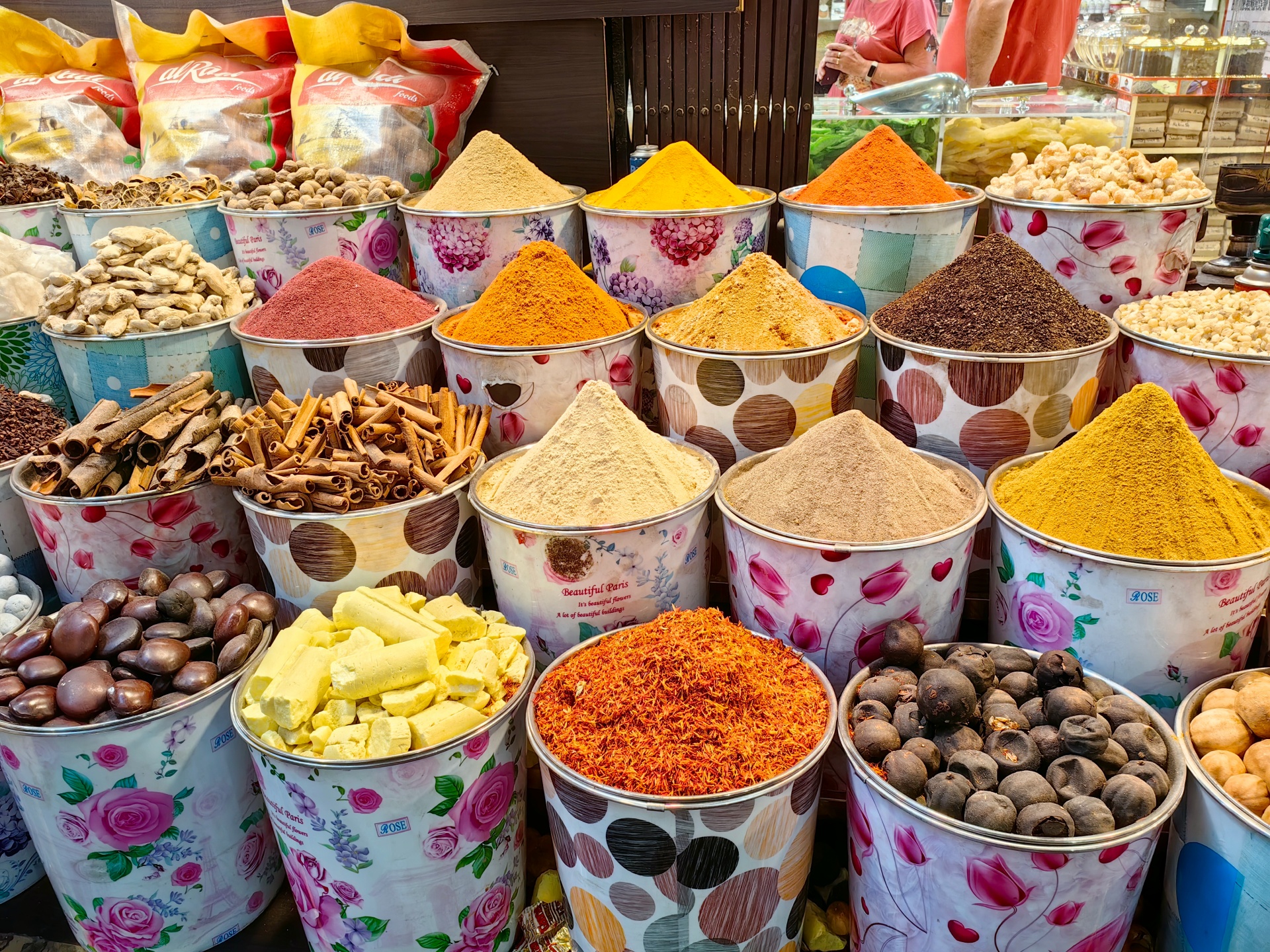

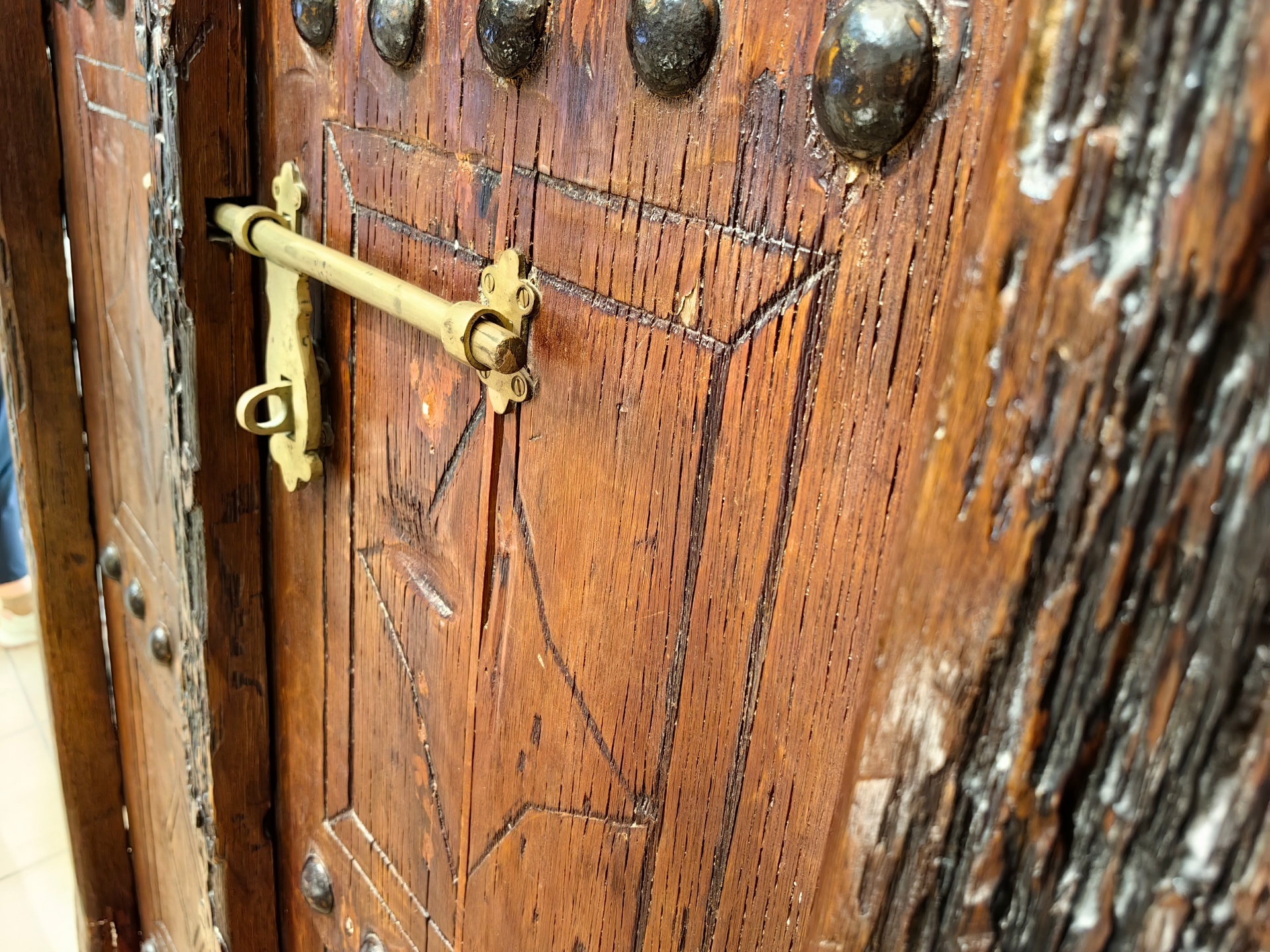



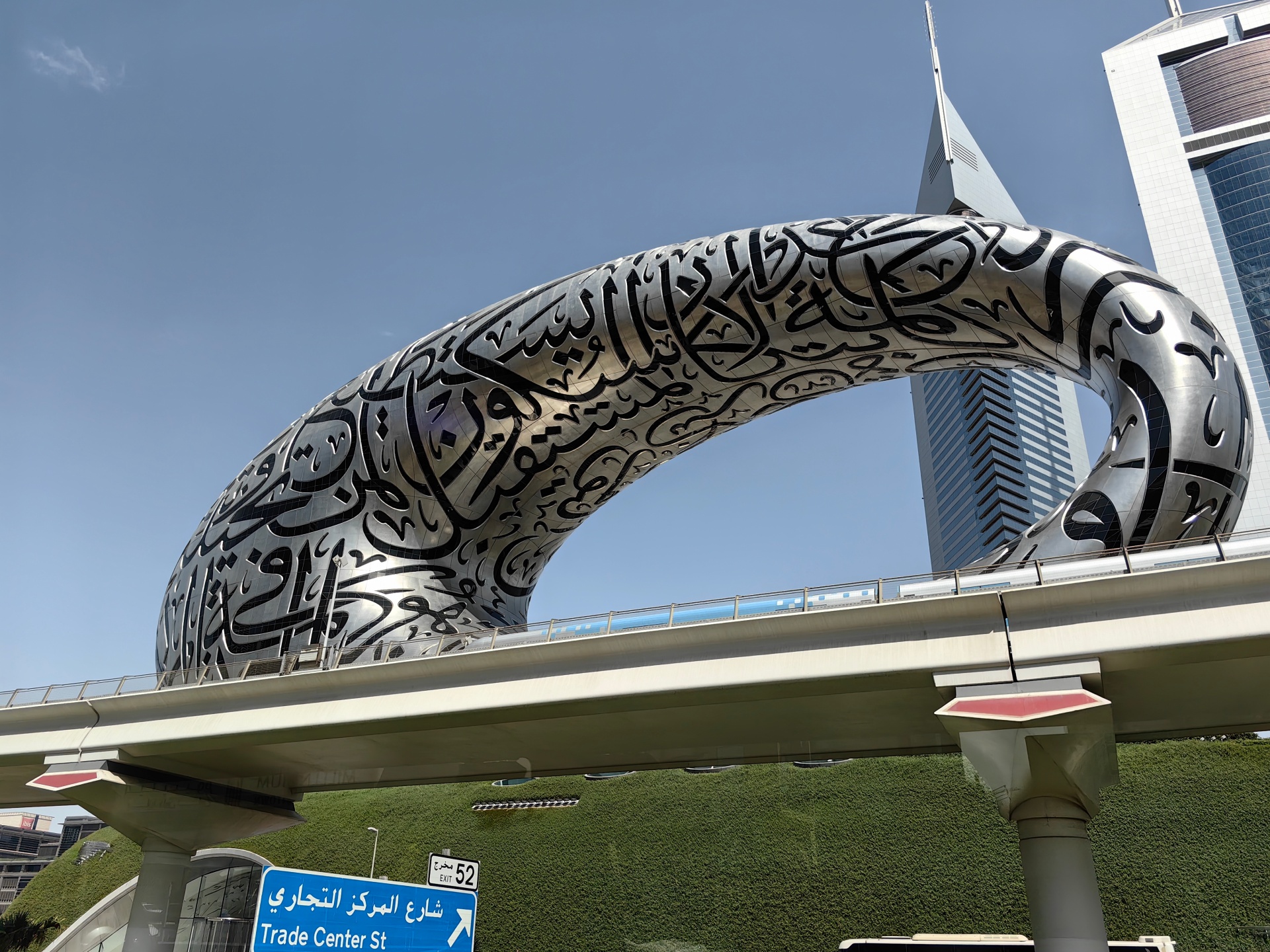
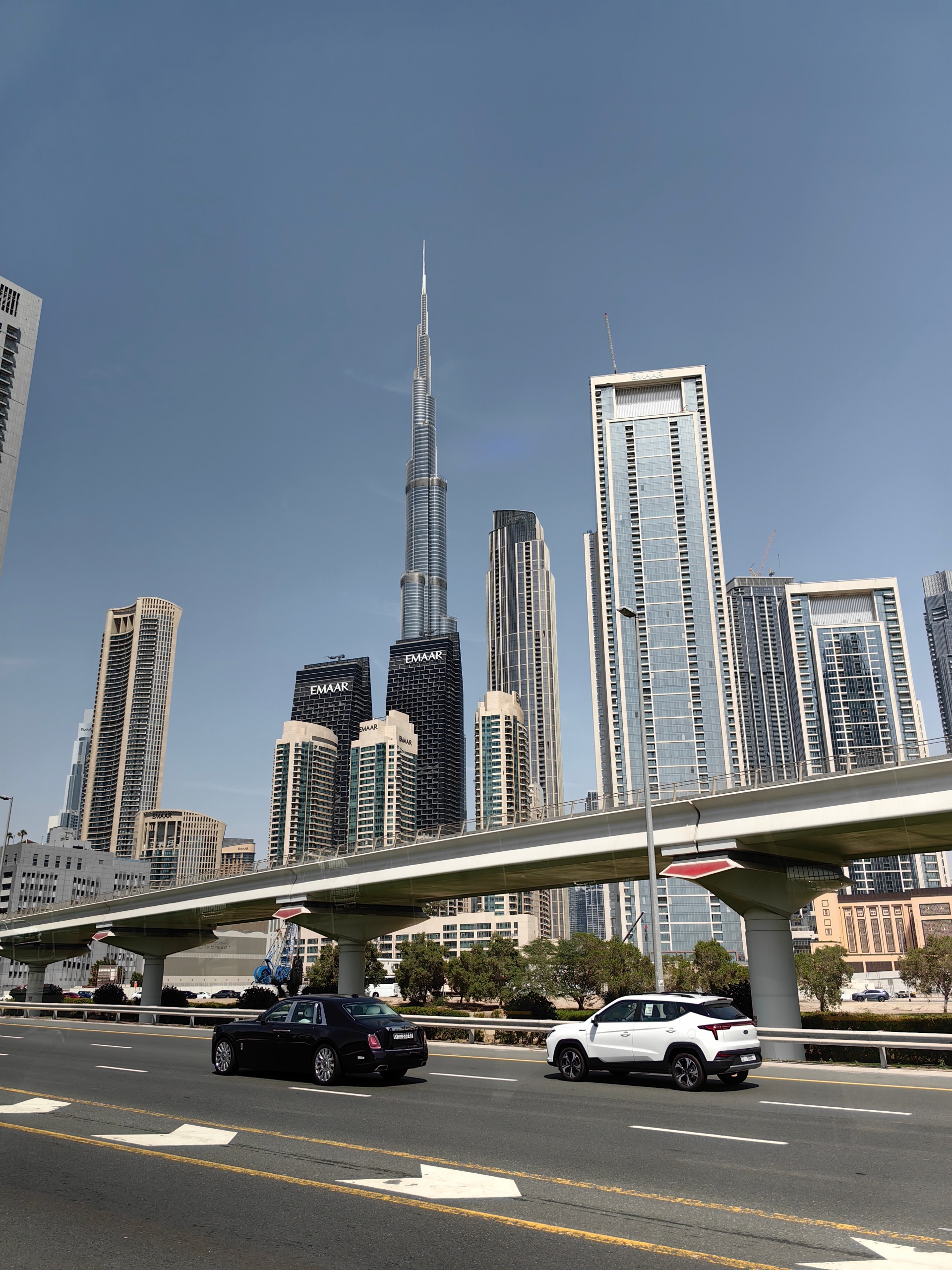
If we’re honest, and looking at what Huawei has brought to market before, one could be forgiven for thinking the P60 Pro is a little underpowered. We initially thought this at first, but when it comes to pure point and shoot functionality, the phone simply does not serve up bad pictures. It one does appear, it is likely to do with the handler than the device.
Photographic content looks sharp, rich, and detailed. Shooting outdoors in particular makes great use of sunlight, and limits any fears on over- or underexposure. Sure you can play around in the Pro mode to fiddle with ISO, white balance, and more, but for a simple and easy-to-use functionality, the P60 Pro is a great option.
That said, it’s not perfect. The night time photography is solid at the 1x focal length, but the moment you start zooming, graininess starts to creep in. Sticking with zoom, once you go north of 10x, all hell breaks loose. This is less of a Huawei issue, and more a gripe around ridiculous levels of zoom in general, which we find to be an industry gimmick that does not have real world application. If you’re wanting detail and an ultra high level of zoom, a proper camera is what is needed.
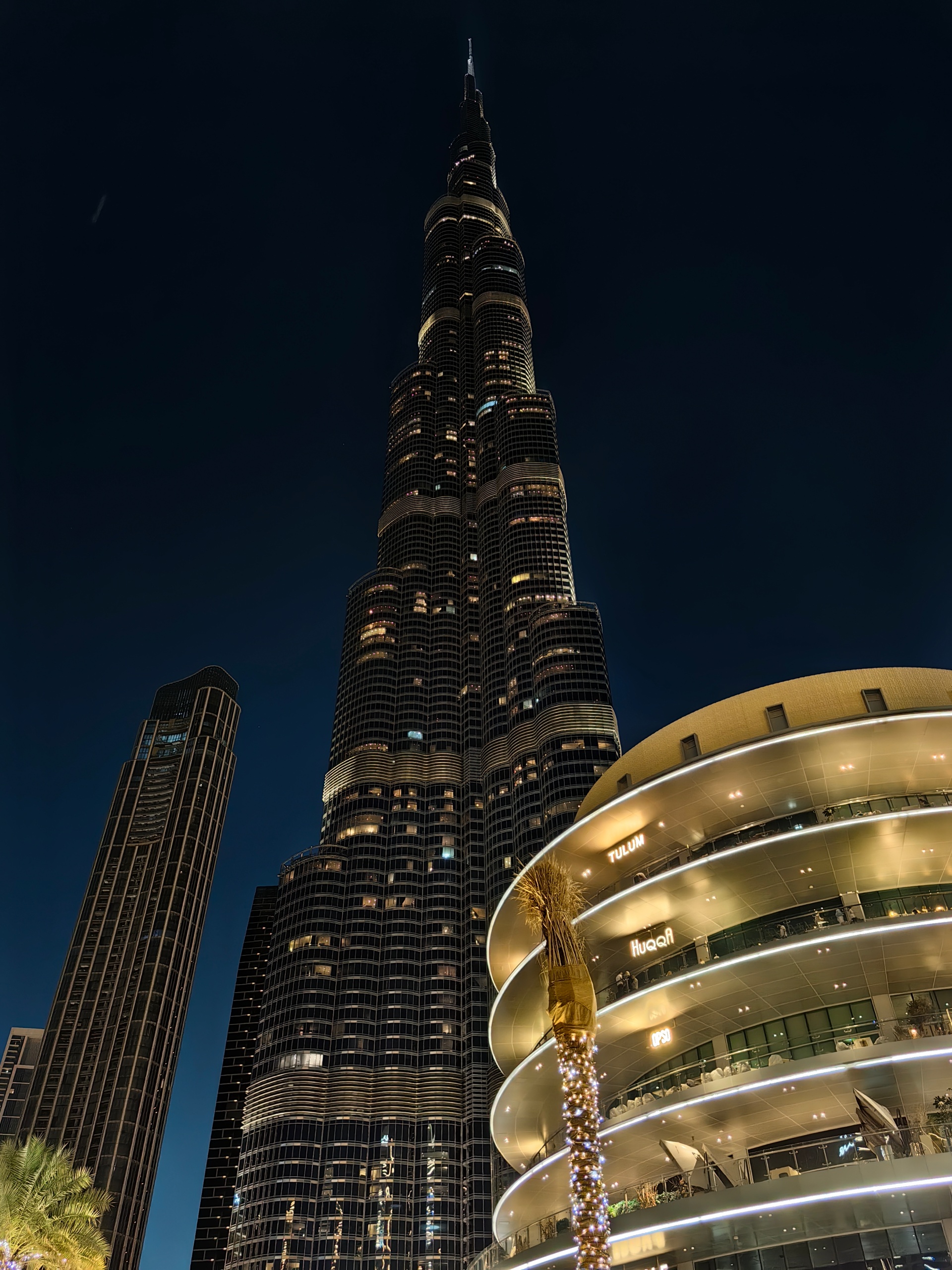

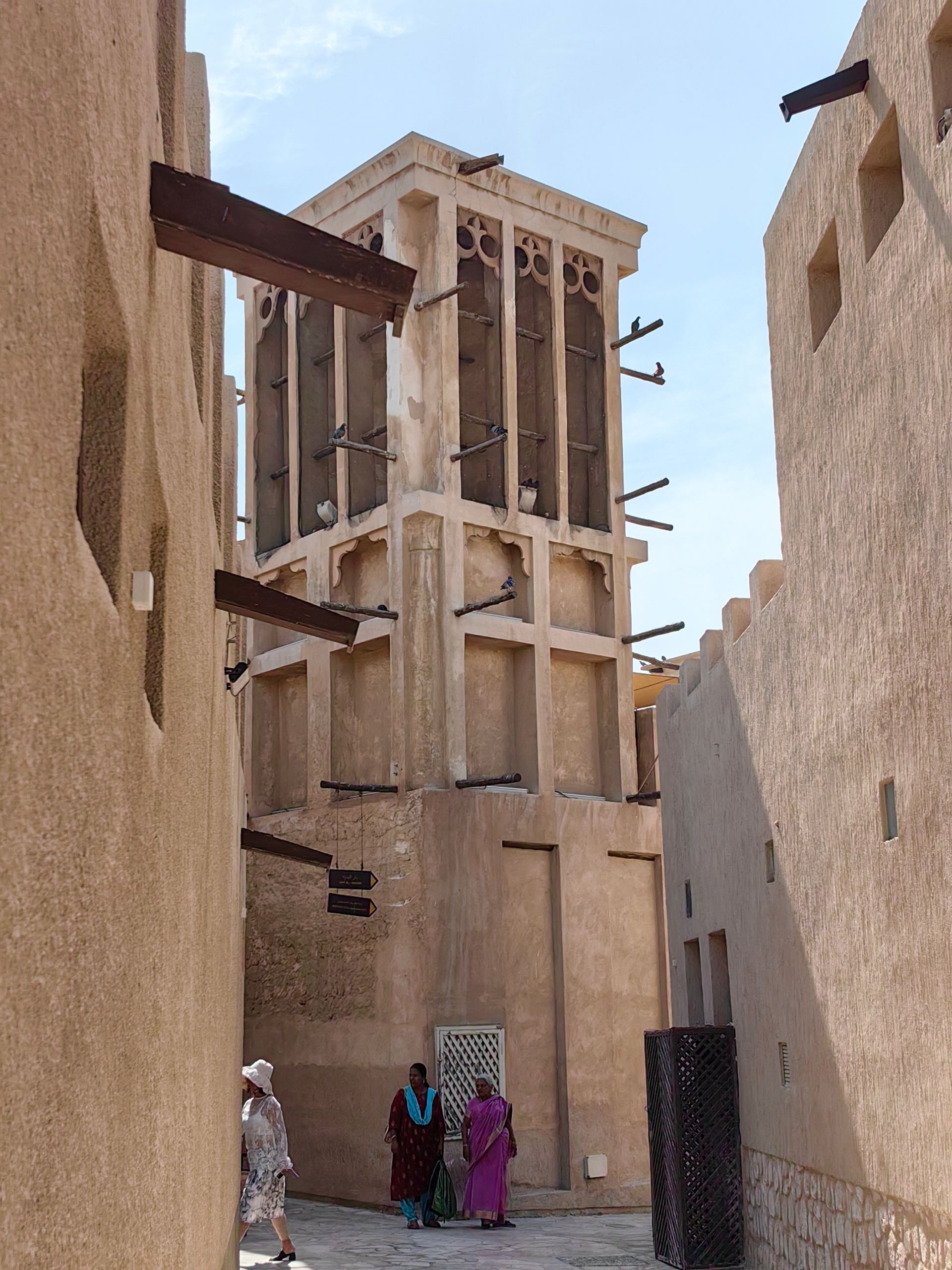
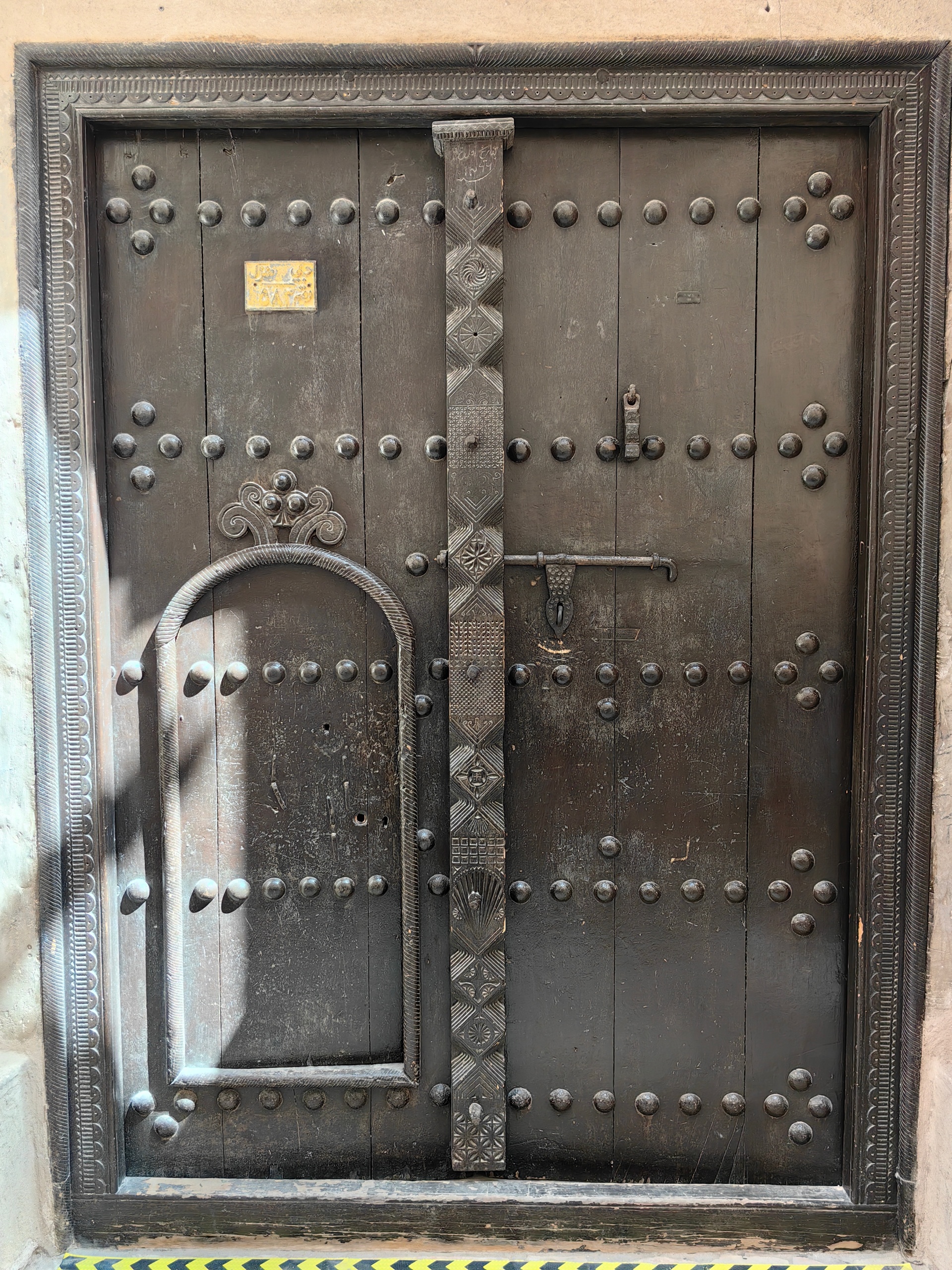
We also need to talk about video performance. The max settings on offer here are 4K at 60fps. In our testing to date, this setup is good in isolation.
When you start comparing the capabilities of the P60 Pro to other similarly specced and priced flagship phones, you start to notice some cracks, especially when it comes to stabilisation. The same goes for resolution, with some devices out there mustering 8K regardless of the displays to make the most of such content not being readily available.
As such, the P60 Pro feels a couple steps behind competitors on the video side of things.
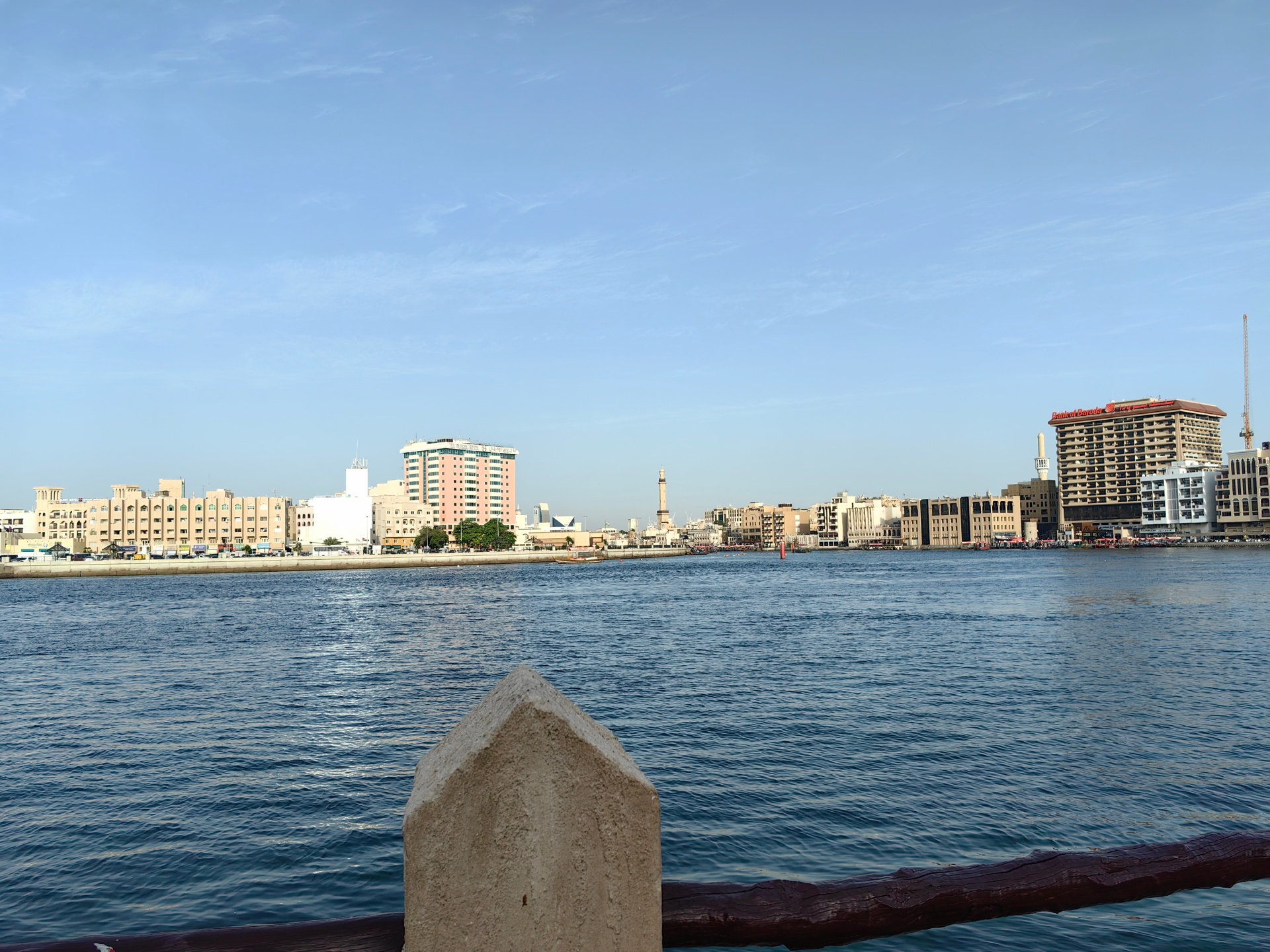
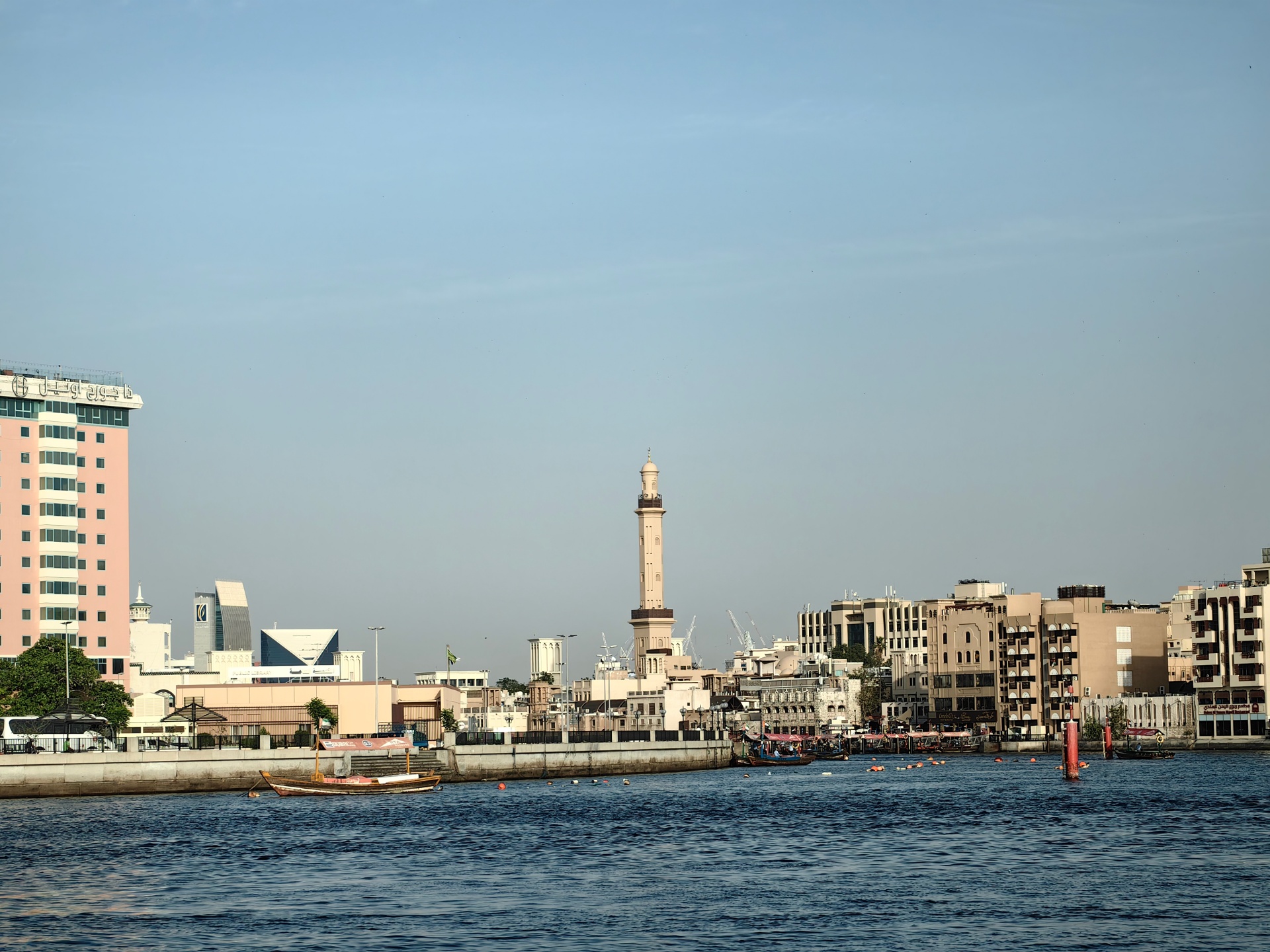

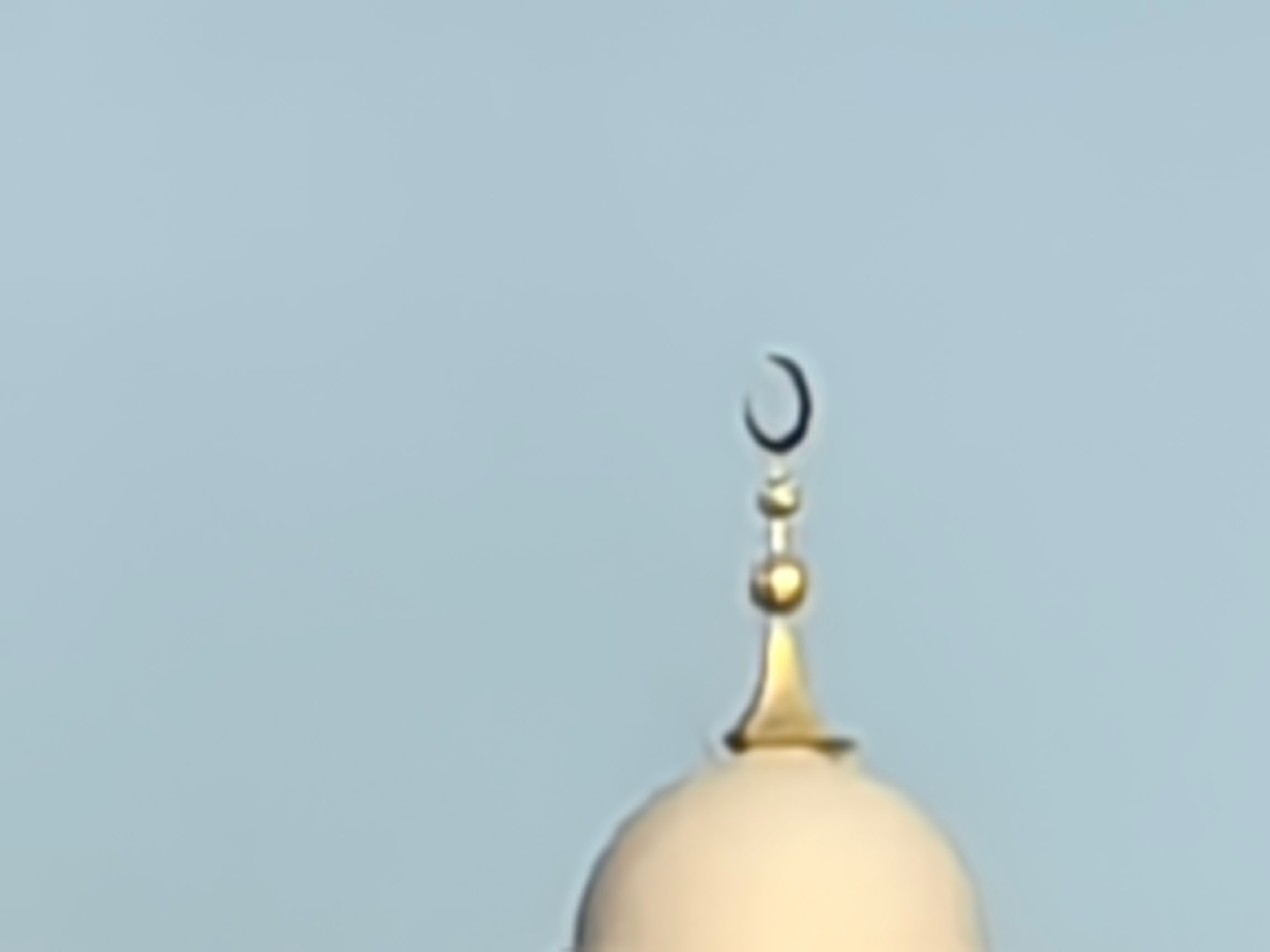
Now for XMAGE. This setting is found in the camera app by selecting the upwards arrow in the virtual viewfinder and scrolling through the options. Here there are three types of XMAGE – Original, Vivid, and Bright.
Naturally, Original leaves everything as normal and makes no adjustments. Vivid, however, plays with the darker tones to make content look more dramatic for lack of a better term. Bright, as the name implies ups the exposure to make images look, well… brighter.
Of the three Vivid is the most interesting, and is perhaps the best when trying to add something different to your photos. It is also the setting we left toggled on for most of the time, only shifting to Original to avoid certain shots from looking overly “retouched”.



In our experience XMAGE should come in handy for users, but given the quality of the images produced by the P60 Pro, may go unnoticed. Perhaps for the UI of the camera app it will get a prominent placement for future devices?

